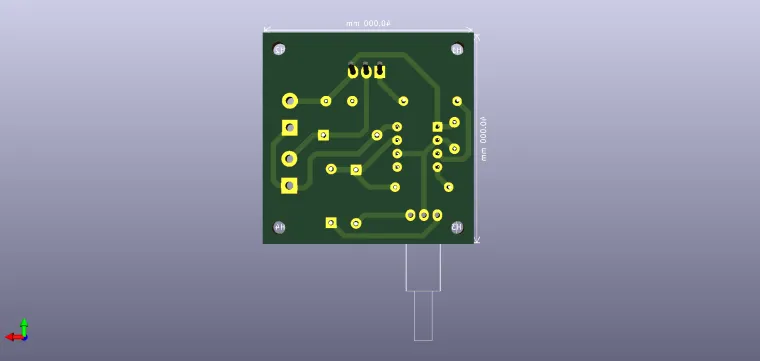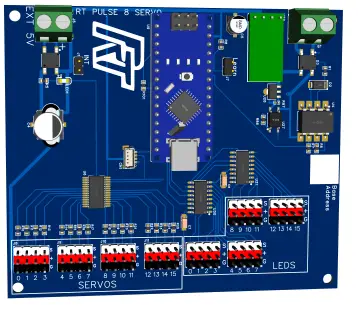Story
Adjust Pulse Width Modulation using NE555 and Mosfet
One of the most fundamental problems in robotics is controlling the speed of a DC motor. The most common method of speed control is PWM, or pulse width modulation. pulse width modulation is the process of changing the power in a switching device at a given frequency. These switchings on and off are called "Duty Cycle". The diagram below shows the 10%, 50%, 90% Duty Cycle waveforms.

https://electrodb.ro/control-turatie-motor-prin-varierea-factorului-de-umplere-pwm/
So, Duty Cycle describes the width of a pulse in percentage. A Duty Cycle of 10% means that during 10% of a cycle our generator receives current compared to 90% of the time when it does not. A Duty Cycle of 100% means that our generator receives current all the time and we would not need a PWM.
These signals are sent to the motor at a high enough frequency that the pulsation has no effect on the motor. The end result of the PWM process is that the total power sent to the motor can be adjusted from (0% Duty Cycle) to (100 Duty Cycle), with good efficiency and stable control.
The 555 timer in the PWM circuit is configured as an astable oscillator. This means that once power is applied, the 555 will oscillate without any external triggering. Before the technical explanation of the circuit, let's look at the 555 timer diagram.
P.S. I am not the original author of this circuit I just draw it.
Enjoy it!

















































